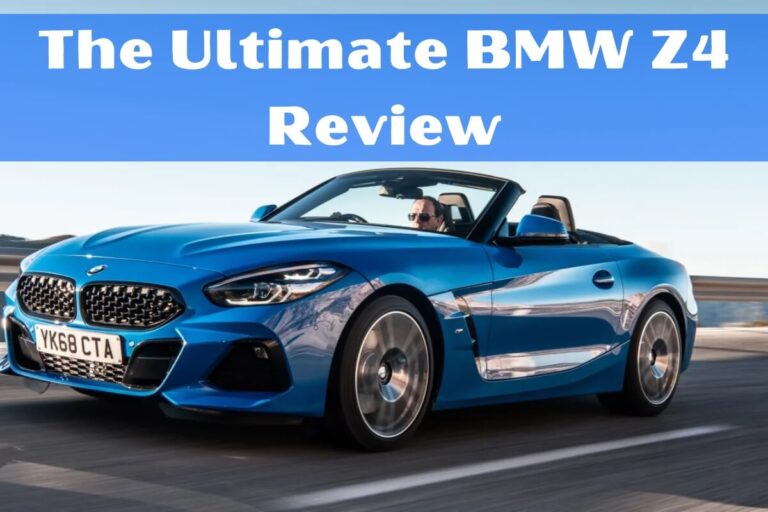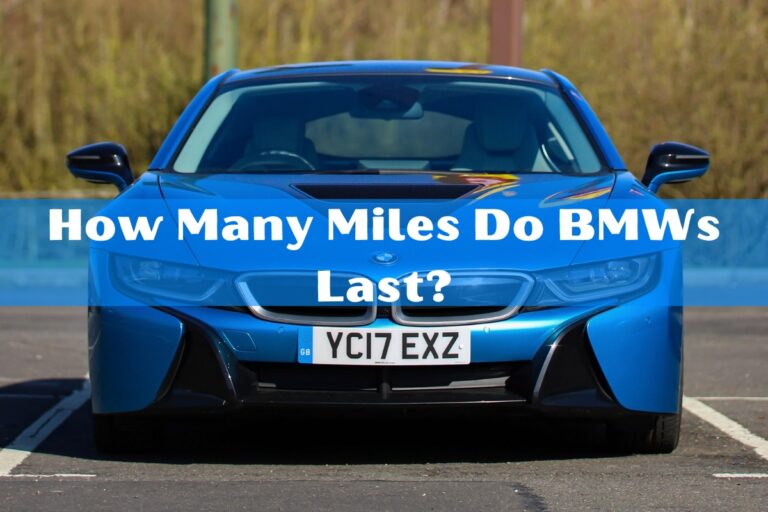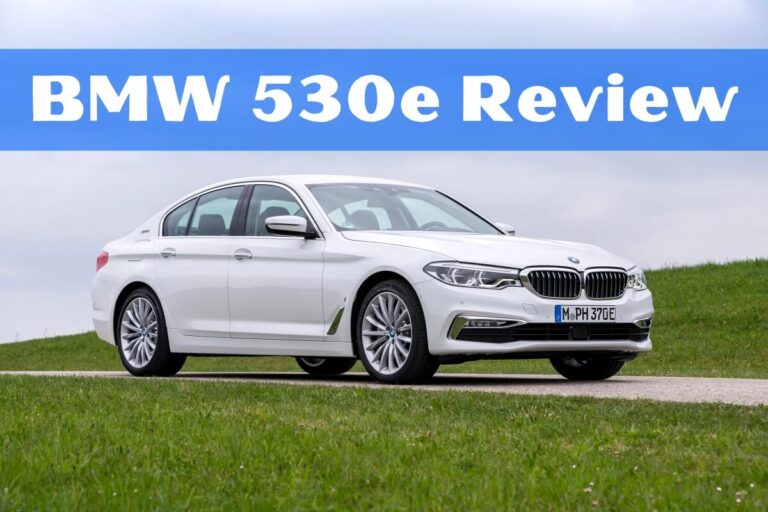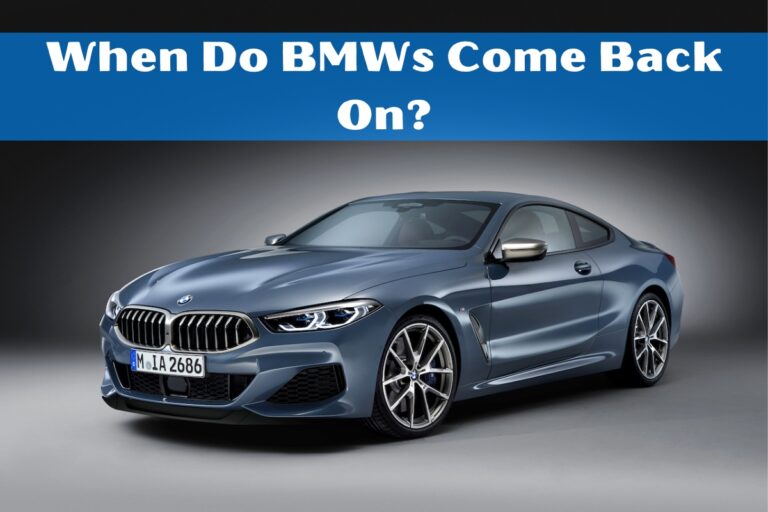How Fast is a BMW i8? Deep Dive Into Its Electrifying Speed
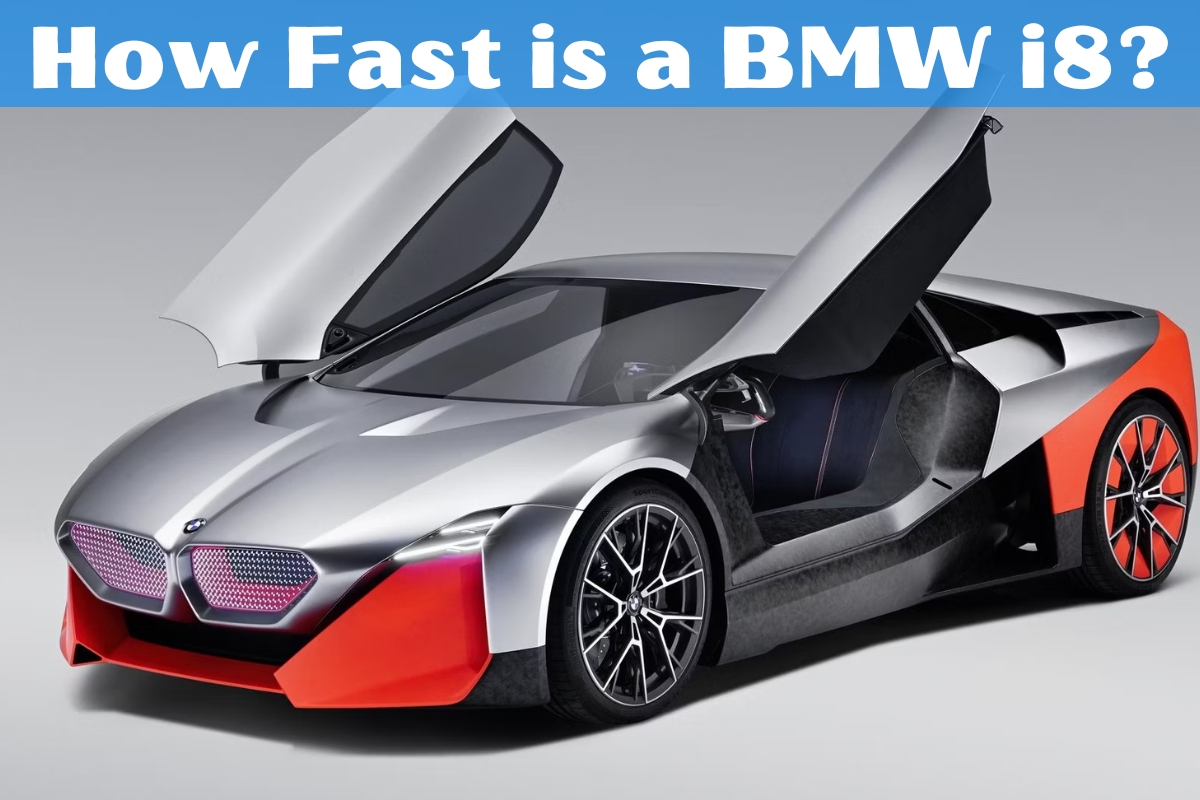
The BMW i8 is a cutting-edge plug-in hybrid sports car that blends exotic styling with electrified performance. Its futuristic design turns heads everywhere, but what about the speed? In this article, we’ll dive deep into the acceleration, top speed, and overall performance capabilities of the BMW i8.
The short answer is – the BMW i8 is impressively quick for a hybrid. The i8 Coupe can accelerate from 0-60 mph in just 4.2 seconds. The i8 Roadster is only slightly behind at 4.4 seconds for the 0-60 mph sprint.
But raw acceleration times only tell part of the story. We’ll explore the i8’s hybrid powertrain, real-world driving dynamics, efficiency ratings, and how it stacks up against modern competition. So buckle up as we unveil the full performance potential of this head-turning Bimmer.
BMW i8 0-60 mph and Quarter Mile Times
Let’s start with the most common performance benchmarks – 0-60 mph acceleration and quarter mile times. The BMW i8 proves that electrification can equal serious speed.
The i8 Coupe’s 0-60 mph time of 4.2 seconds puts it in the same realm as powerful V8 sports cars and high-end muscle cars. The Roadster is close behind at 4.4 seconds to 60 mph.
In the quarter mile, the i8 Coupe can cover that distance in around 12.5 seconds at 115 mph. Again, the Roadster splits those numbers slightly at 12.7 seconds and 113 mph.
To put those times into perspective, the quarter mile performance places the i8 in the ballpark of the Chevrolet Corvette Stingray, Porsche 718 Cayman S, and other elite sports cars costing far more than the BMW’s six-figure price tag.
What is the Top Speed of the BMW i8?
While scorching straight-line acceleration is impressive, the BMW i8 has an electronically limited top speed of 155 mph (250 km/h). This seems low compared to some ultra high-end supercars reaching over 200 mph.
However, it’s important to note that the i8 is designed to balance performance with efficiency goals. The 155 mph top speed allows optimizing aerodynamics and managing powertrain stress at extreme velocities.
Various tests and real-world videos showcase the i8 easily achieving and maintaining its delimited 155 mph top speed. So while not stratospheric, the BMW i8 can still comfortably cruise at extra-legal speeds deserving of the “supercar” title.
Under the Hood: BMW i8 Engine and Hybrid Powertrain
The magic behind the BMW i8’s potent yet efficient performance lies in its advanced plug-in hybrid powertrain. It combines:
- A turbocharged 1.5L 3-cylinder gasoline engine producing 228 hp and 236 lb-ft of torque
- An electric motor with 141 hp and 184 lb-ft of torque
- A 11.6 kWh lithium-ion battery pack
Together, this gasoline-electric hybrid system generates 369 horsepower and 420 lb-ft of torque sent to all four wheels through a 6-speed automatic transmission.
The powertrain can automatically choose the optimal combination of the gas engine and electric motor, or operate in pure electric mode for short distances. Different driving modes (ECO PRO, Comfort, Sport) adjust the powertrain characteristics for efficiency or performance.
Real-World Performance and Driving Experience
On the road, the BMW i8 provides a true hybrid sports car experience. Mash the accelerator, and the instant torque from the electric motor combines with the gasoline engine for breathtaking acceleration.
Thanks to the mid-mounted engine layout and wide stance, the i8 handles remarkably well for its weight. The steering is precise, and sure-footed cornering makes this a legitimate driver’s car.
Of course, engaging the Sport mode enriches the experience with sharper throttle response, more vocal engine sounds, and firmer suspension settings for spirited driving.
For more economical motoring, the electric driving mode allows alias sions-free driving around town at speeds up to 75 mph. With a full charge, you can expect 15-18 miles of electric range.
Regardless of driving mode, the i8’s exotic styling, science-fiction sounding powertrain noises, and instantaneous power delivery Create an immersive, futuristic driving experience.
Is the BMW i8 Truly a Supercar?
This is a complicated question without a simple yes or no answer. From a visual and performance standpoint, the BMW i8 has strong supercar cred. The sculpted carbon-fiber body, butterfly doors, and mid-engine layout fit the supercar mold.
With a 0-60 mph time in the 4 second range and an electronically-limited top speed of 155 mph, the i8’s acceleration places it in elite company as well. The electrifying hybrid power delivery adds to the exotic experience.
However, traditional measures of outright top speed, larger displacement engines, and higher msrp prices could disqualify the i8 from “true” supercar status to some critics.
Ultimately, the BMW i8 blends enough exotic design, performance, and exclusivity to position itself as an “affordable” supercar for the environmentally-conscious performance enthusiast.
BMW i8 Efficiency and Running Costs
Of course, part of the BMW i8’s appeal lies in its ability to sip fuel while providing supercar thrills. The i8 Coupe has EPA-rated fuel economy of 76 MPGe combined when using both gas and electric power. Running just on the gasoline engine drops that to 28-29 mpg combined.
While not mind-blowing for a hybrid, those MPG figures double or even triple what you’d see from similarly quick gas-powered exotic cars. Additionally, pure electric operation allows emissions-free driving for short urban commutes.
When it comes to charging and electricity costs, the i8’s 11.6 kWh battery pack can fully recharge in around 3 hours on a standard 120V household outlet. Using inexpensive off-peak electricity rates, a full charge may cost around $1-2 for that full 15-18 mile electric range.
Combined low fuel and electricity costs mean the BMW i8 hybrid powertrain can offset its premium purchase price through significant savings over several years of ownership compared to gas-only competitors.
Is the BMW i8 Still Competitive in 20XX?
While writing this in 2023, the BMW i8 is in its final year of production after nearly a decade on the market. The big question is – does this hybrid sports car still have what it takes to compete and turn heads?
In terms of straight-line performance, the i8 still hangs with more modern and pricier competition. Its 0-60 mph times are on par with the latest Porsche 911 Carrera and BMW M4 Competition models.
Where the i8 struggles is the increasing acceptance and popularity of fully electric performance vehicles like the Porsche Taycan, Lucid Air, and Tesla Model S Plaid which can blow the doors off with their blistering instant torque.
However, the i8’s carbon fiber construction, exotic styling, and relative rarity compared to those electric sedans/grand tourers gives it a unique road presence that still grabs attention in 2023.
There are rumors of an all-new, fully-electric BMW sports car serving as a true i8 successor in the coming years. But for now, BMW’s original plug-in hybrid halo model remains an intriguing blend of speed, efficiency, and head-turning looks.
Conclusion
So just how fast is the BMW i8? With 0-60 mph times in the 4 second range and a top speed of 155 mph, the i8 solidly holds its own in the high-performance sports car realm.
More importantly, it delivers that speed through an electrifying hybrid powertrain that combines a gasoline engine with potent electric power and handling prowess worthy of BMW’s ultimate driving machine moniker.
While not the fastest thing on four wheels, the BMW i8 opened eyes to the future of electrified performance. It showed the world you could have exotic supercar looks and performance without the corresponding gas-guzzling guilt.
For enthusiasts seeking sporty dynamics and head-turning style with a slice of efficiency, the BMW i8 remains an intriguing and surprisingly quick option even as it enters its twilight years. The i8 proved plug-in hybrid performance is no joke.
Does the BMW i8’s balanced blend of speed and efficiency pique your interest? Get a head

